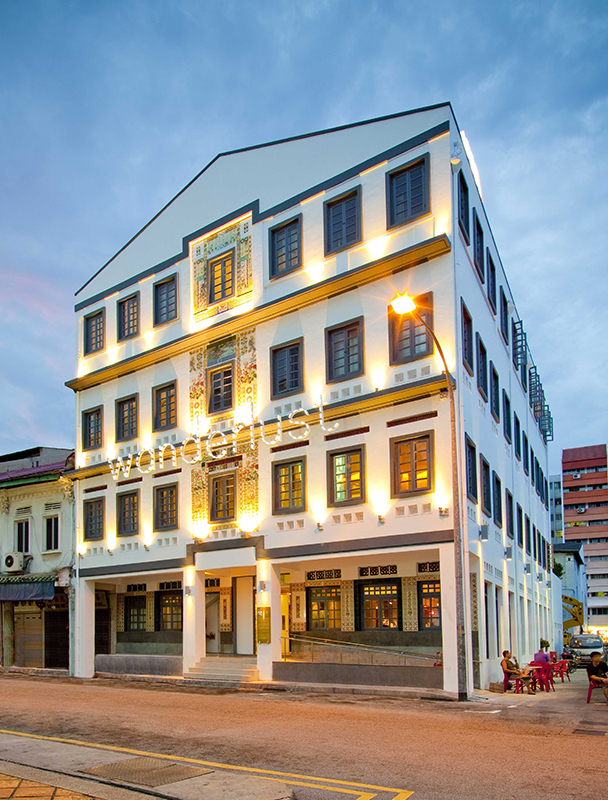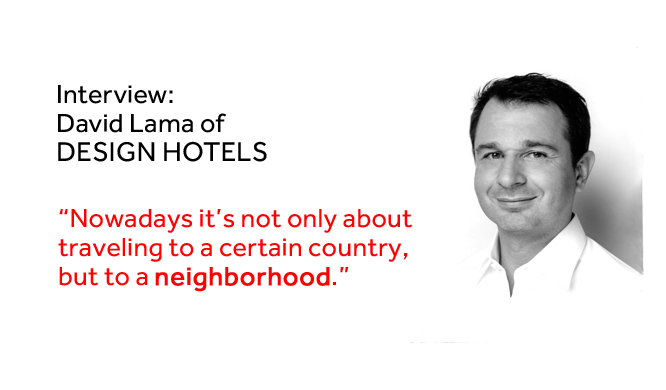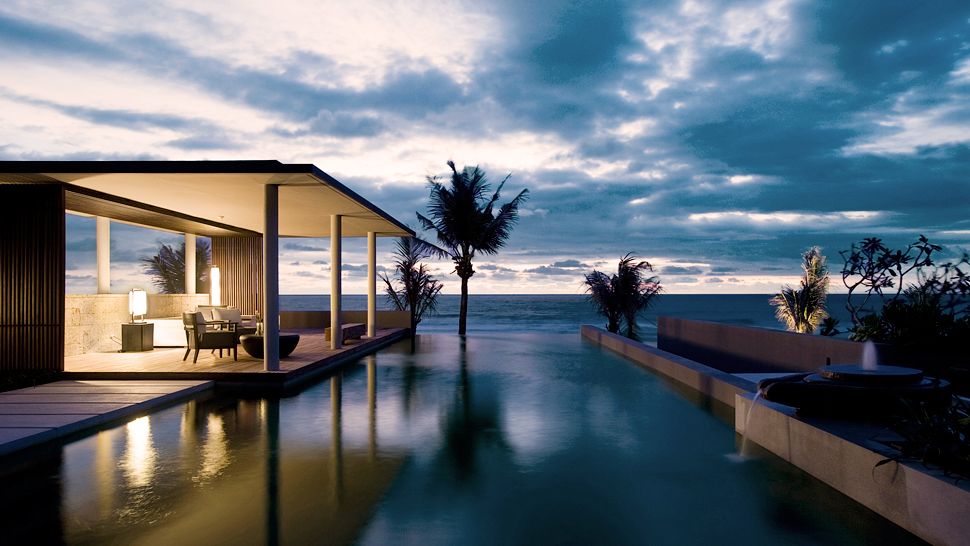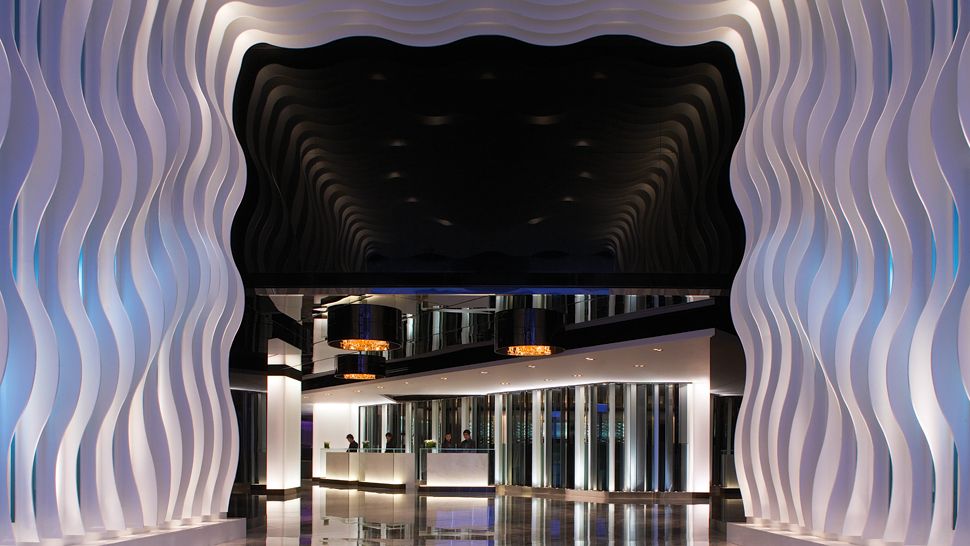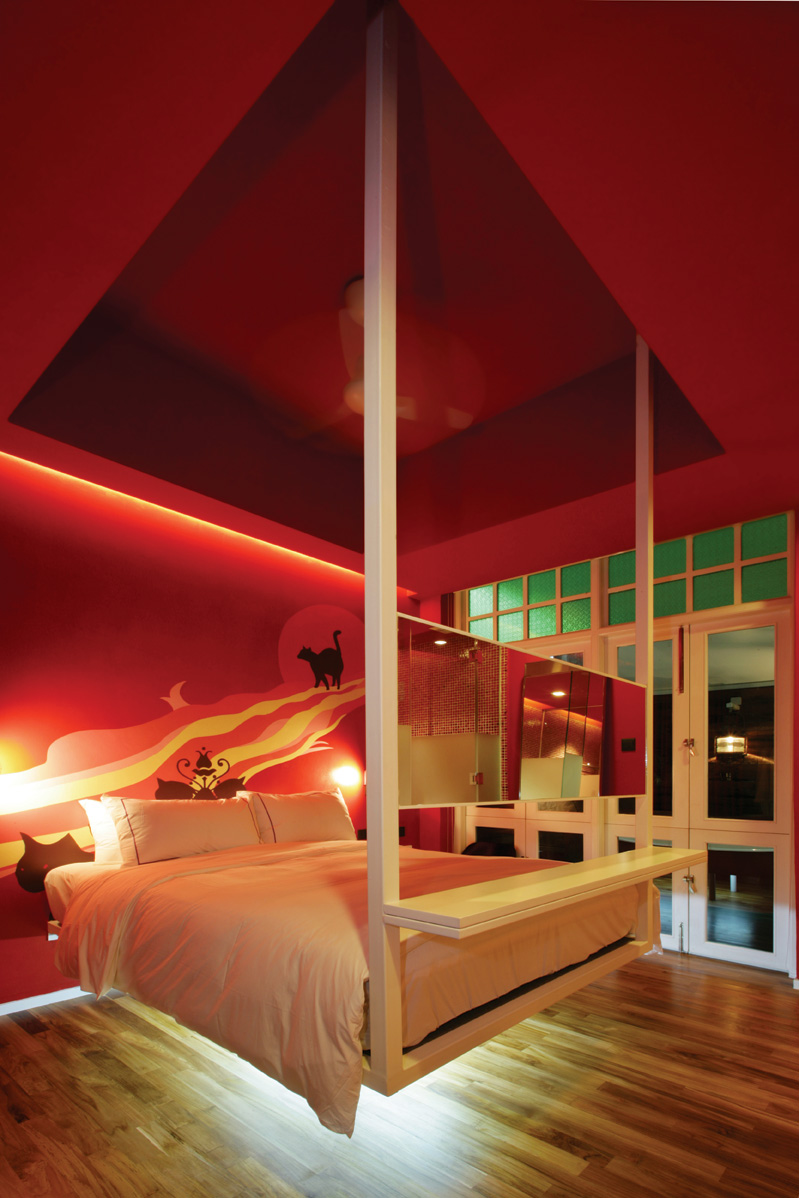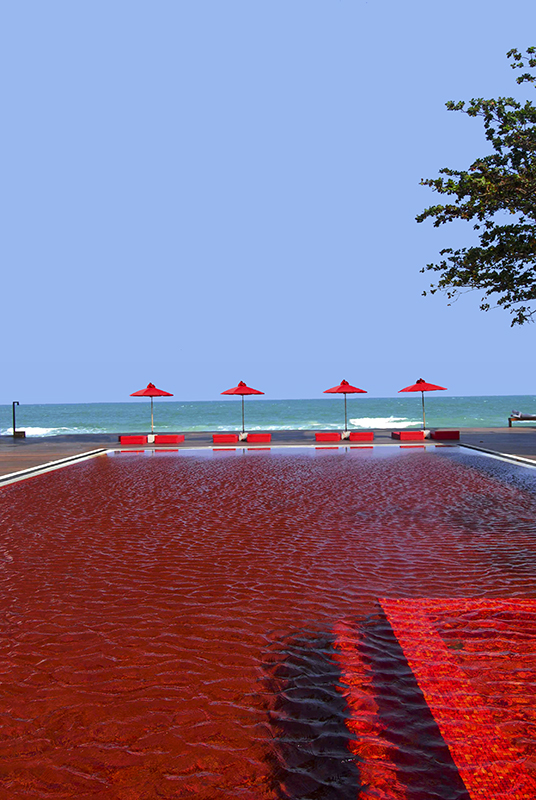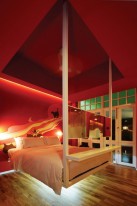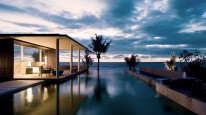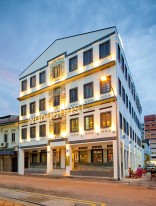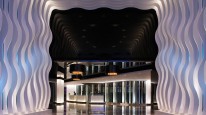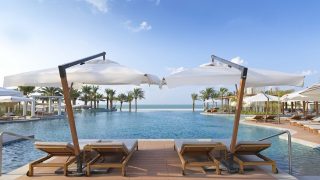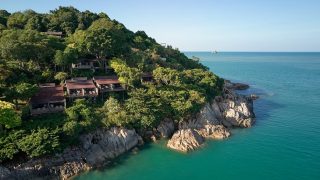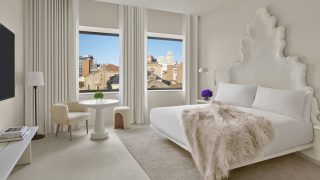When is the last time you stayed in a unique hotel? If you’re a member of the Design Hotels Club, it probably wasn’t too long ago.
Design Hotels is a network of design-driven properties around the world. Currently it has 220 member properties (all independently owned), out of which 32 are in the Americas, 34 in the Asia-Pacific region, and 154 in Europe, the Middle East, and Africa. The company started over 15 years ago and is headquartered in Berlin, with offices around the world.
Design Hotels has been increasingly active in Asia. Properties in the region include The Mira in Hong Kong, The Puli in Shanghai, and Wanderlust and the New Majestic in Singapore.
Properties pay a base membership fee to Design Hotels, which earns additional revenue though the support services it provides on an à la carte basis, such as sales, marketing, and PR, among others.
But not just any hotel can become a member. In fact, most properties that apply for membership get rejected, as we learned from David Lama, the area director of sales and marketing in Asia for Design Hotels. We met with Lama in Singapore.
How do you find hotels?
Most of them come to us before they open, when they are in the concept process. The other big source of properties for us is groups of hotels that we work with already. So in Asia for example it could be Alila, or Loh Lik Peng [the founder of Unlisted Collection] here in Singapore, or the Park Hotels in India.
What does Design Hotels look for in a property?
First of all, the concept. Is it a concept that fits what we’re doing? Is it architecturally interesting? Does it have a concept?
The second thing that’s super important to us is the people behind it. If there is nobody to really manage the hotel, then it becomes a toy hotel, and six months after you’ve played with the toy, then you put it down. We sign a contract for five years. It’s more like a marriage. If we feel that the people behind it are going to lose interest, we don’t work with these people.
Then we see if there is a story. If people come to us with just a luxury hotel, it’s not good enough. It has to be interesting. It has to be something we can talk about.
Then of course, getting more and more important these days, is the corporate social responsibility. We have an internal points system.
How many hotels do you reject?
We turn down around 300 to 400 hotels a year. I am lucky because I have nobody putting pressure on me to have 10 more hotels in the next year. If the right hotels come, maybe it’ll be 15 — I doubt that — but maybe it will be zero. We need to have the right properties.
What else differentiates Design Hotels?
What makes us a bit different is that you don’t hear about stars. We have some hotels that are three stars. We have some hotels that are six stars. In Asia we have a hotel that has one room and one that has 500 rooms. We don’t care about that. What we care about is that there’s very interesting architecture and a design concept, and that the people behind the hotel are the right people who will be managing it in the long run, and hiring people who can manage it in the long run.
We have hotels that have no TVs, but this is part of their concept. All of them have electricity, don’t worry. [Laughs.] For a lot of other brands, if you don’t have a flat-screen TV and wi-fi, then you can’t be part of the brand. We don’t care. On the contrary, the more offbeat it is, the better. But it has to be holistic from the beginning to the end.
How important is the neighborhood?
You have to fit the location. We’re looking at how much you’re integrated into your neighborhood. Nowadays it’s not only about traveling to a certain country, but to a neighborhood. If you are in Chinatown it’s a different kind of concept than if you’re in Little India or on Orchard Road. So it’ not only being in Singapore, it’s also being integrated into the surroundings where you physically are. Central London’s got east end and west end — it’s not the same city.
Which countries look most promising in Asia in terms of finding new member properties?
There’s a lot coming up in China. And Singapore. I would say it depends on the maturity of the country, maturity in terms of travel patterns. When you’ve stayed in chain hotels and done all the standard stuff, only then do you understand what we’re doing. So places that are more travel-savvy have owners and developers who are more travel-savvy as well.
In Japan, hotels that are too designed are seen as love hotels. We have to be careful. It can’t be as edgy and pushy in the architecture as what you can do in Singapore because of this cultural twist.
Taiwan is a place that surprisingly has a lot of very interesting boutique hotels with a strong concept because the Taiwanese are very well traveled. Hong Kong is coming up. [Design-driven hotels] is seen as more of a niche that isn’t being met yet. So I have some interesting things in the pipeline in Hong Kong as well.
As always, Asia is where the growth is — up to a point. But there’s still more pipeline in Europe than Asia for our type of hotels.
One thing that’s interesting is that Design Hotels has been around for over 15 years and now the big brands are coming to our niche. You’ve heard about the Alofts and the Ws. We are a niche brand, but it’s becoming mainstream. So this shows that there will be more and more coming up.


